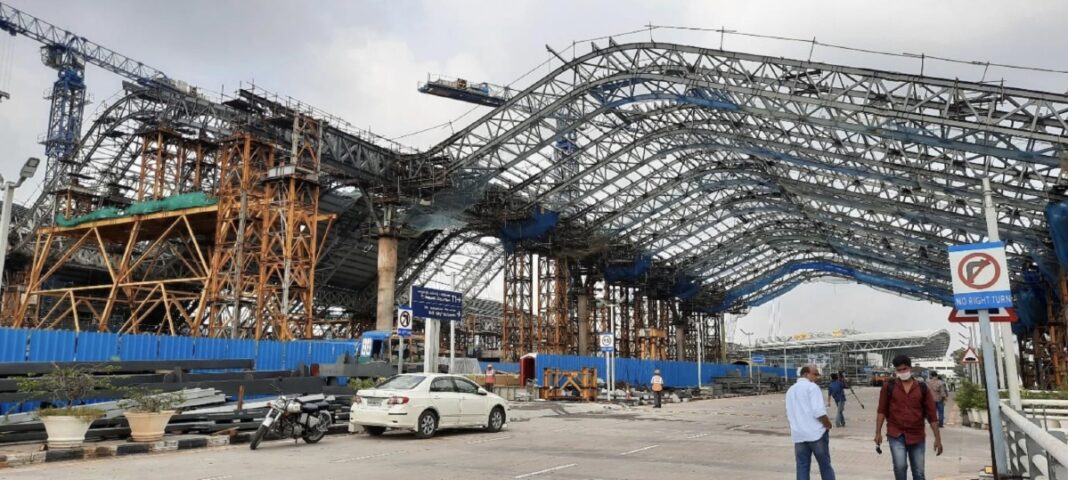Preliminary work has commenced for the construction of the remaining part of the new integrated terminal building at Chennai airport. This follows the recent completion of the demolition of the T3 building. The Airports Authority of India (AAI) is overseeing the phase II modernization work, which is estimated to cost ₹2,467 crore. The project, initiated a few years ago, aims to expand and enhance the facilities at the airport to meet the growing demands of air travel.
The modernization work was divided into two phases. The completion of the first phase led to the opening of one part of the new integrated terminal building last year. This section of the terminal is currently handling international flight operations. With the demolition of the T3 building finished, the contractor has now begun preparatory work for the construction of the remaining portion of the new integrated building.
Officials from AAI have stated that they are aiming to complete the construction of the entire new integrated terminal building by December 2025. Once completed, this expanded facility will cater to all international operations at the airport. Additionally, the new terminal will be equipped to handle a significant increase in passenger traffic, providing a more efficient and comfortable experience for travelers.
In addition to the construction of the new terminal building, AAI is also planning to introduce several new facilities. These include the addition of a mini hotel with rooms, more escalators and lifts, and an expansion of the self-baggage drop facility. These enhancements are intended to improve passenger experience and streamline airport operations.
Currently, Chennai airport has two domestic terminals (T1 and T4) and a part of the new integrated terminal building operational. Once the T3 building is completed in the next one-and-a-half years, all four terminals will be fully operational. This expansion will not only improve the airport’s ability to handle congestion but also increase its overall handling capacity from 23 million passengers per year to 30 million passengers per year.





